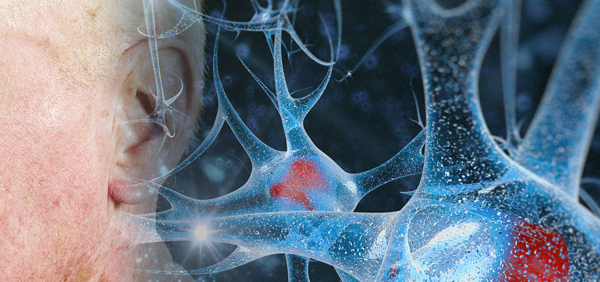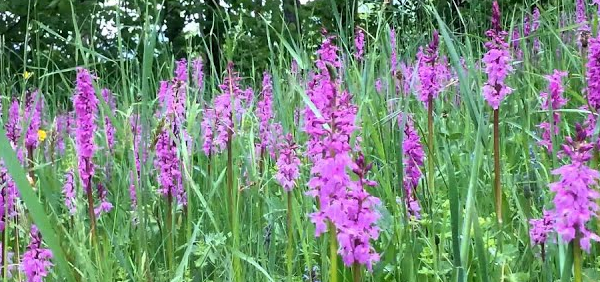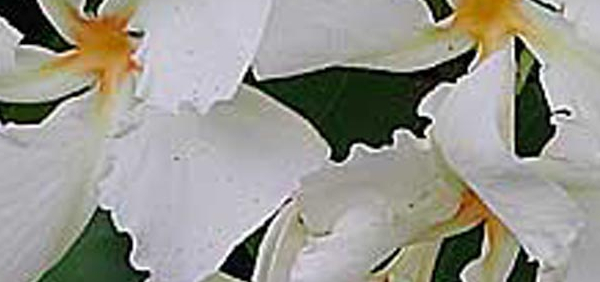nimbuka :

Substitute:
-vinegarAdultrants:
Adulterations---The most dangerous adulterant of the oil is citrene, the terpene left after extracting citral from oil of lemon which has been used in making terpeneless oil.
Fixed oils, alcohol, and purified oil of turpentine are sometimes found, the last causing a terebinthinate odour if evaporated from heated paper.
The pure oil should show scarcely any pinene.
Artificial lemon juice should not be used as an antiscorbutic.
Controversy:
Jambira and Nimbuka are thought to be same.
But Bhavamisra described Swalpajambira numbuka and Mistanimbuka which are the other species of citrus. Under Panchamla we come across jambira and nimbuka separately.
Commercial value:
In 2016, world production of lemons (combined with limes for reporting) was 17.3 million tonnes. The top producers were India, Mexico, China, Argentina and Brazil, collectively accounting for 62% of total production- » Classification and names of nimbuka
- » Synonyms and definitions of nimbuka
- » Drug Properties of nimbuka
- » Chemical Constituents of nimbuka
- » Standardization of nimbuka
- » Parts used and Dosage of nimbuka
- » Morphology and Histology of nimbuka
- » Distribution and Conservation of nimbuka
- » Cultivation of nimbuka
- » nimbuka in the market
- » Medicinal Uses of nimbuka
- » Researches and clinical trails of nimbuka
- » nimbuka in other sytems of medicine
- » Ayurvedic formulations with nimbuka
- » Images of nimbuka














